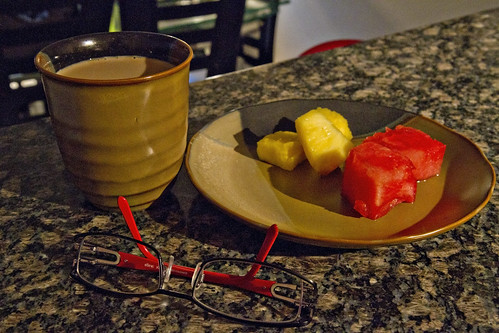I love the stars, there is nothing better than laying down on a grass field, far away from the city lights and just looking up at the night sky. If you are like me than you will want to try to capture the beauty of the 
Some things to keep in mind when taking photos of the stars:
- Have a plan and know where you are going.
- Prepare: check the weather, bring a flashlight, know your camera, check your camera, bring and use a tripod and preset your camera.
- Turn off auto-focus.
- Use your cameras timer to reduce camera movement.
- Take photos in RAW (if available).
- Crank up your ISO (2000-4000).
- Open up the aperture.
- The rule of 600 or 400 helps you determine the max exposure you can set your camera to, before you will see star trails.
- For full frame cameras take 600 and divide it by the focal length of your lens.
- For crop body cameras take 400 and divide it by the focal length of your lens.
- If you have a 20mm lens, take 600/20 = 30 seconds so you can set your camera to 30 seconds, or 400/20 = 20 seconds.
- Watch out for clouds.
- Point your camera away from cities otherwise light pollution may show up in your photos.
- Take lots of photos.
- Take some time to enjoy the sky and have fun.

If you liked this then make sure you check out our Low Light Photography Tips- Infographic and our three part series on low light photography: Low Light Photography Tips, Low Light Cameras and Equipment, and Fixing Underexposed Photos.

Snapsort’s Low Light Photography Infographic





